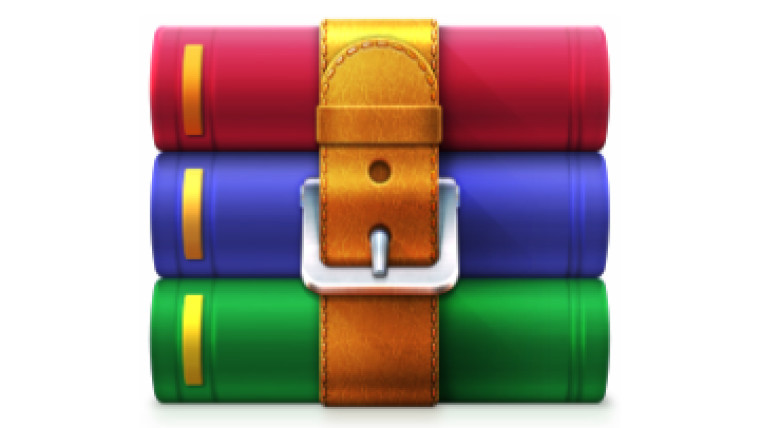


At Google, we aim for under a half second.” “2 seconds is the threshold for ecommerce website acceptability. Without getting too in-the-weeds about why load speed is important, here’s a quote directly from a Google employee regarding the topic. The larger the size of the original image, the longer it takes for the browser to do this. Instead, the browser has to find the image file, check the size that it’s going to be displayed on your specific screen, and size it down to that size. However, loading the images in this way isn’t as easy as it sounds. When you visit a site for the first time, your browser has to load all of the images and content on the page to show you. We recommend only using GIF format for animated graphics, but the file size can get a bit out-of-control for longer animations. We also recommend that your logos and icons be saved in PNG format so that they can be easily edited in Photoshop or Illustrator later on.Ī GIF (Graphics Interchange Format) can be used for still images or animated graphics. The file sizes are typically larger for the better functionality, but nothing that should hold you back from uploading your image to the web. If your image has a built-in drop shadow, transparent background, or any other form of transparency, it’s going to be your best bet. This should be your go-to file type unless your image needs transparency, is an icon or logo, would need the colors changed in the future, or is animated in some fashion.Ī PNG (Portable Network Graphics) is the transparency file type. Be careful, though, because too much compression of a JPG over and over again can lead to less-than-attractive, grainy photos. It works well for photographs because it can easily support millions of colors in a small, compact file size. JPG (Joint Photographic Experts Group) is the most commonly used image file type in the world. We like to keep it simple with our file types, so we recommend sticking with the basics – JPG/JPEG and PNG. What Is the Best Image File Type for Websites?
COMPRESS PICTURES HOW TO
That’s exactly what we’re going to go over in this tutorial: how to compress images for your site before uploading them, how to compress them if they’re already on your site, and the best file types to use for your website. Compressing your images to a reasonable file size is a big part of this. Site load speed is especially important to Google and other search engines, so you should be doing everything you can to keep your site moving at a brisk pace.


 0 kommentar(er)
0 kommentar(er)
